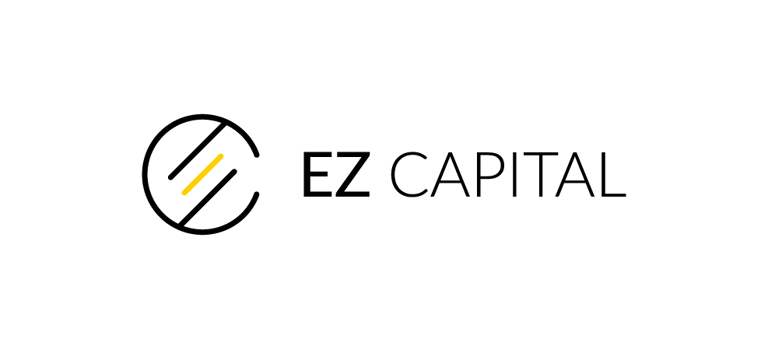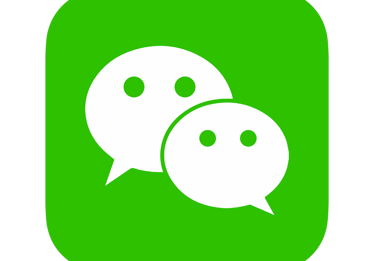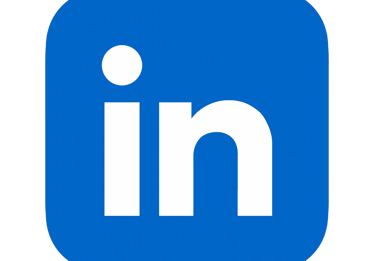Everything You Need to Know About Business Lines of Credit (BLOC)
A Business Line of Credit (BLOC) is a flexible form of financing that allows business owners to draw funds as needed.
ENGLISH
7/8/20256 min read
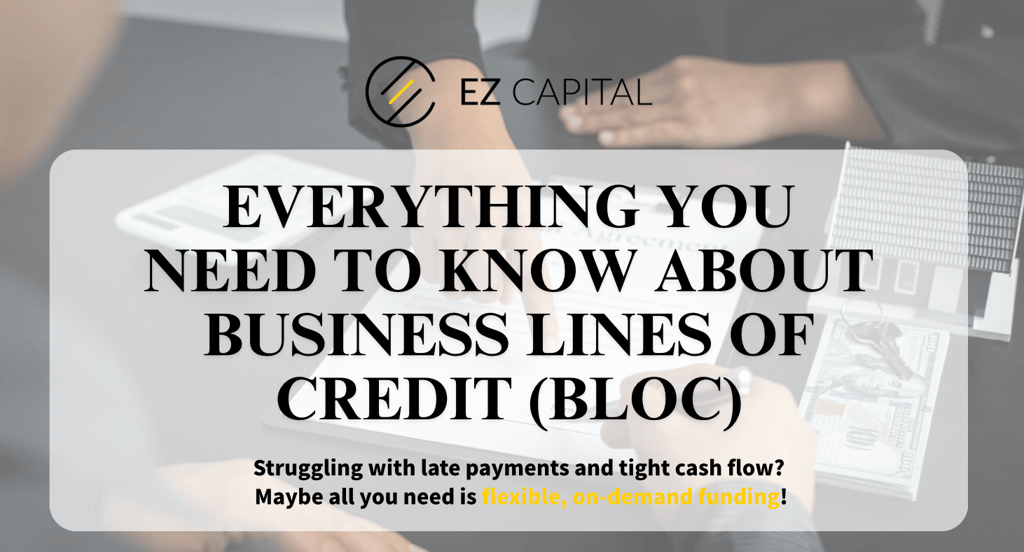

A Business Line of Credit (BLOC) is a flexible form of financing that allows business owners to draw funds as needed. Unlike traditional business loans, which are disbursed as a lump sum and repaid on a fixed schedule (fixed lending), a BLOC gives your business access to a predetermined credit limit. You can borrow and repay repeatedly within that limit, paying interest only on the amount actually used. Think of it as a revolving credit “safety fund” tailored for your business.
Every entrepreneur knows that cash flow is the lifeblood of a business. When it dries up, even a profitable company on paper might not survive another quarter. Delayed client payments, restocking needs, rent, payroll——even growth-related costs tied to business expansion—can strain your cash reserves. So when cash is short, what do you do? These challenges are common, especially for small businesses. That’s exactly where a business line of credit steps in: to cover urgent funding needs when timing is everything.
This article will walk you through the fundamentals of a business line of credit, including its key features, different types, who it’s suitable for, common use cases, and typical qualification criteria. By the end, you’ll be able to decide whether a business line of credit is right for your business needs. It might just be the financial lifeline you didn’t know you needed.
1. What Exactly Is a Business Line of Credit (BLOC)?
A business line of credit is a revolving credit designed for businesses. A lender sets a maximum credit limit based on your company’s financials and business credit. Within that limit, you can borrow funds as needed, repay them, and then borrow again. You pay interest only on the amount you’ve actually used.
In essence, a BLOC works more like a business credit card than a traditional loan. With a business loan like SBA loan or term loan, you receive a lump sum upfront and begin repaying it in fixed monthly installments. With a BLOC, you draw funds only when you need them and repay at your own pace, making it ideal for managing short-term cash needs.
For example, if you have a $7,000 BLOC and have drawn $4,000, your remaining available credit is $3,000. Once you repay the $4,000, your full $7,000 credit becomes available again.
Here’s a simple analogy to help you understand: Imagine having a magical safe full of cash—that’s your business line of credit. You can open it anytime to grab the funds you need for things like inventory, vendor payments, or emergency repairs. Once you repay what you used, the safe refills to its original capacity. The size of your “safe” is your credit limit, which lenders determine based on your business credit, revenue, and financial health.


Before using a BLOC, it’s crucial to understand its key terms:
Interest Rate:
A business line of credit may offer either a variable or fixed interest rate. A variable rate is typically expressed as “base rate + X %” (for example, “SOFR + 5%,” where SOFR refers to the Secured Overnight Financing Rate). A fixed rate, on the other hand, is stated as a set percentage (e.g., 7.5%). The actual rate you receive depends on factors such as your credit profile, financial condition, and the lender you choose. One major advantage of a BLOC is that you only pay interest on the funds you actually draw—unused portions do not accrue interest.
Credit Limit:
This is the maximum amount you can borrow. For small businesses, limits generally range from tens of thousands to several hundred thousand dollars.
Repayment Structure:
You typically make monthly or biweekly payments on the borrowed balance, usually at least covering the accrued interest. Many lenders expect periodic full repayments or require each draw to be repaid within a few months. BLOCs are typically reviewed and renewed annually.
Fees:
Common fees include an origination fee (a one-time charge of around 1–3% of the credit limit), a draw fee (charged each time you withdraw funds, often a small percentage), potential closing costs, and sometimes maintenance or inactivity fees if the credit line is rarely used.
2. Two Types of Business Lines of Credit
There are two main types of BLOCs: secured and unsecured.
2.1 Secured Business Lines of Credit:
It requires collateral, such as business assets, business equipment, business inventory, or accounts receivables. If the borrower defaults, the lender can seize the pledged assets. Since this reduces lender risk, secured BLOCs typically come with higher limits and lower interest rates.
2.2 Unsecured Business Lines of Credit:
No specific collateral is required. Approval is based primarily on the business’s creditworthiness. However, unsecured BLOCs often come with higher interest rates and lower credit limits. Most lenders still require a personal guarantee from the business owner, meaning you may be personally liable if the business fails to repay.


3. Who Should Consider a BLOC? When Does It Help?
If your business experiences seasonal fluctuations or occasional cash flow gaps, a business line of credit can be a financial cushion of incredible use. In contrast, if you need a large sum for a long-term project, traditional loans like term loans or SBA loans may be a better fit.
Common use cases for a revolving line of credit include:
Slow Seasons or Payment Delays:
Cover operational expenses during off-peak months or while awaiting client payments. BLOCs help cover short-term business expenses, including operating costs, working capital needs, payroll, rent, etc.
Emergency Expenses:
A BLOC can act as a financial safety net. When unexpected events occur—equipment failure, urgent repairs, or sudden costs—you can access funds immediately without waiting for loan approval. It's designed to bridge a funding gap in any given business cycle.
Opportunistic Investments:
Seize time-sensitive opportunities like bulk inventory discounts or new contracts. Since funds are readily available, you won’t miss out while waiting to secure financing.


4. What Are the Typical Qualification Requirements?
When applying for a business line of credit, you'll typically need to provide a set of documents that help lenders assess your company's financial health and creditworthiness. These may include: business registration documents (such as a business license), recent bank statements, financial statements from the past one to two years (including profit and loss statements and balance sheets), business tax returns, the owner's personal credit review and ID, and possibly a business plan or a statement explaining how the funds will be used.
Qualification criteria vary by lender, but here are common requirements:
Credit Score:
Lenders and financial institutions typically conduct a credit check of the business owner’s personal credit profile before approving a BLOC. In most cases, banks require a strong personal credit history—generally a credit score of 650 or above—to qualify for a business line of credit. Some online lenders may accept lower credit scores with relatively higher factor rates.
Residency Status:
Applicants generally must be U.S. citizens or lawful permanent residents (green card holders).
Time in Business:
Traditional banks prefer businesses with at least 1–2 years of operating history under the current owner. Some online lenders may consider younger businesses (6–12 months), but a longer track record improves your chances.
Annual Revenue:
Many lenders require a minimum annual revenue of $100,000 or more. Businesses with lower revenue but strong credit may still qualify.
🔍Haven’t hit six figures yet? Call EZ Capital at (929) 230-1888—we’ll help you find a way!
Collateral or Personal Guarantee:
If applying for a secured business line of credit (see 2.1), you’ll need to provide qualifying assets. For unsecured line of credit (see 2.2), most lenders require a personal guarantee from the business owner.
5. Still Unsure if a BLOC Is Right for You?
A business line of credit can be an effective way to manage cash flow and meet short-term funding needs. It offers flexibility and control, helping many business owners bridge financial gaps, hit financial goals, and seize growth opportunities. Understanding the revolving terms and making careful business plans can help you maximize its benefits while minimizing risks.
At EZ Capital, we specialize in customized financing solutions for small business owners with different types of small business loans. Our smart lending platform helps you compare and access the best funding options quickly and easily.
If you have financing needs or questions about how to qualify for a BLOC, contact the EZ Capital team today. We’re here to help you make informed decisions and move your business forward with confidence.
Wishing you smooth financing and business success! 🚀
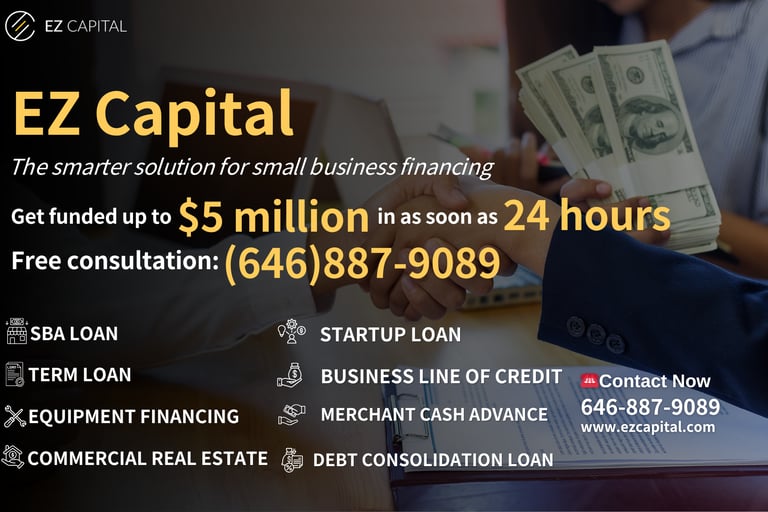

Click here to see how much financing you qualify for 👉
© EZ Capital 2025. All rights reserved.
Fulfillment Policy | Privacy Policy | Terms and Conditions of Service
EZ Capital is a financial technology company, not a bank. Business financing is provided by EZ Capital and/or its partners.
All applications are subject to approval. Additional fees may apply.
Certain financing products and/or services may not be available in certain states.
